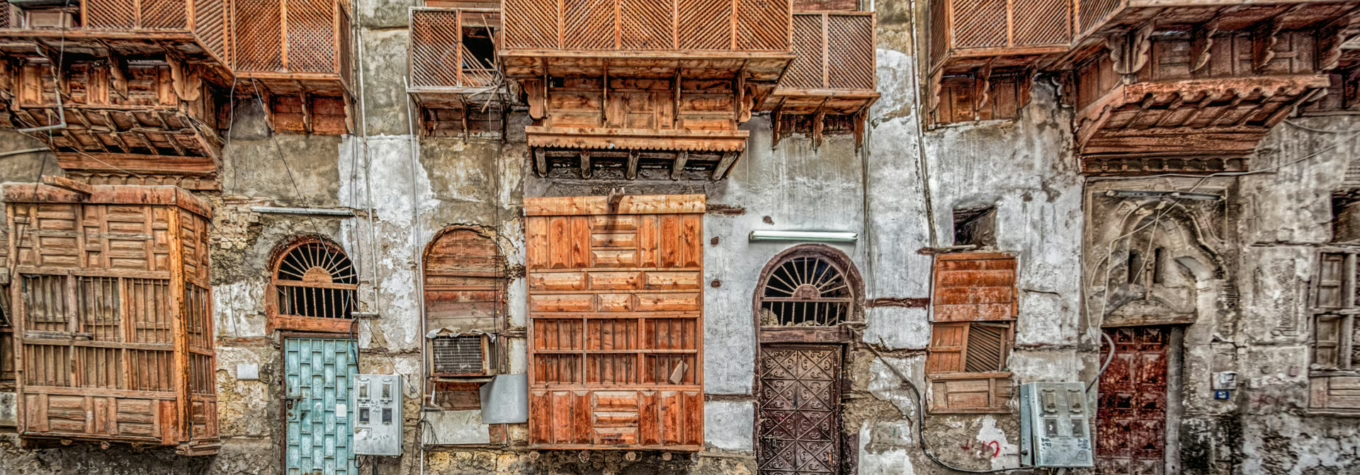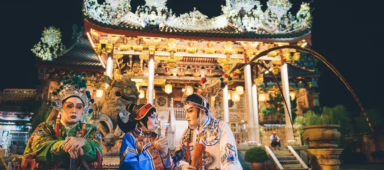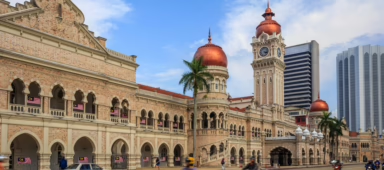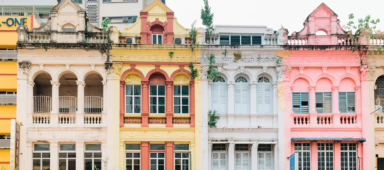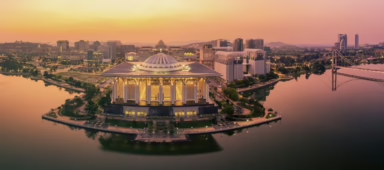Saudi Arabia’s second largest city, Jeddah, is attracting more tourists to the kingdom, with resorts, beaches, art galleries, shopping districts and restaurants dotting its Red Sea waterfront
Many people would associate tourism in Saudi Arabia with religious pilgrimages, and though they wouldn’t be wrong, the leisure tourism sector has seen healthy growth in recent years.
This is thanks to Saudi Arabia’s Council of Ministers relaxing the rules on tourist visas. In 2012, about 14.3 million people visited the country, but after the introduction of tourist visas in 2013 the average number of international visitors has climbed to 19 million annually. One of the main attractions is Jeddah.
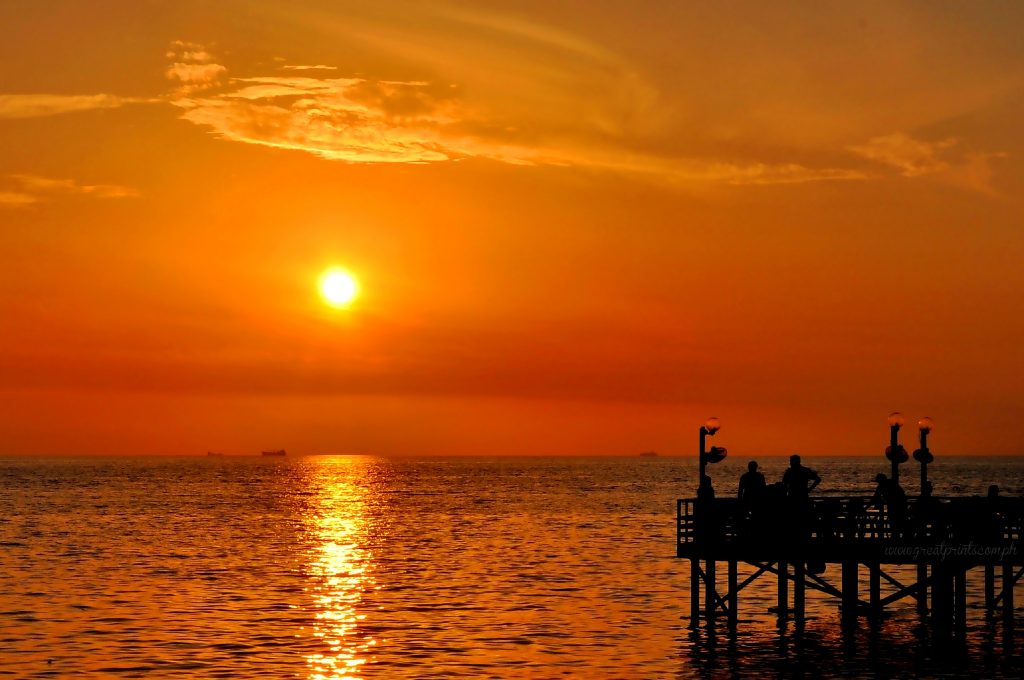
Bride of the Red Sea
One of Jeddah’s main attractions is its waterfront. It served as an important seaport for centuries and was always so full of life that it earned the sobriquet, ‘Bride of the Red Sea’. To this day, the corniche remains an important aspect of life for the locals. Families and friends are in regular attendance, particularly in the evenings when it comes alive with barbecues and sea breeze strolls.
In 2017, the waterfront received a huge makeover and is now home to roughly 730,000 square metres of beaches, restaurants, parks, resorts and mosques. And since concerts have now been legalised in Saudi Arabia, there are plenty of them along with festivals nearly every weekend.
Eat at Albaik
It might be a fast food chain, but Albaik is loved by the locals. Most branches can be found in Jeddah, so it’s a must-try dining experience. The menu evolves regularly to keep up with demand, but the staple is always the most popular order – fried chicken with Albaik’s special garlic sauce. It’s as simple as that, but you’ll understand why it’s ordered so much by locals and visitors alike. Most branches provide dining areas just for men, so a lot of people choose the takeaway option. The order works out to roughly USD4 (RM16), which is very affordable for such a hearty meal.
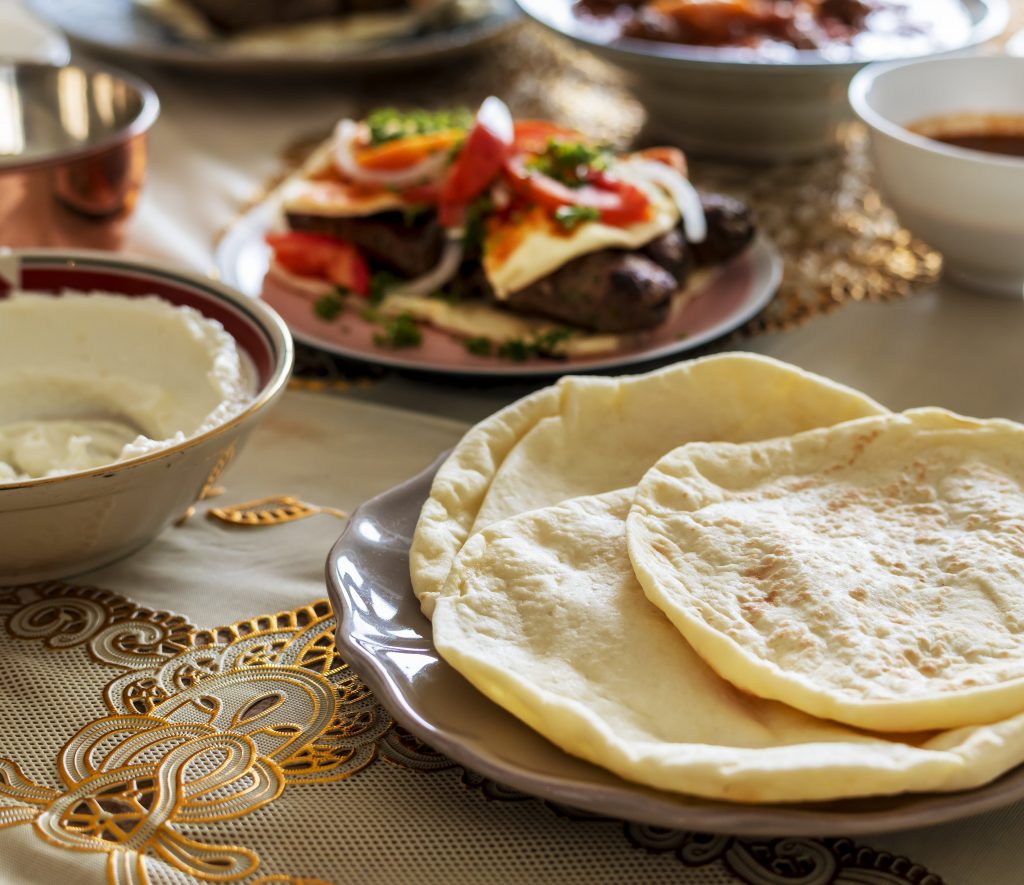
Other local food options
Jeddah might be home to great restaurants, but the real foodie experience – as in many parts of the world – comes in its street food. Falafel and shawarma wraps are found on almost every commercial street, and since the sandwiches are such important parts of the Middle Eastern diet, they really are not to be missed. Every shop will have its own style of falafel and its own flavour when it comes to lamb or chicken shawarma, so you’ll be spoilt for choice.
Cafe culture
For a taste of some of the best food and coffee, and a chance to really mingle with the locals, make a pit-stop in one of the popular cafés. These include Brew92 and Medd. Jeddah has a strong café culture and its competitive cafés often go one step further in outdoing their rivals. Brew92 arguably serves the best coffee, with the cold brew a popular option on particularly hot days. Medd supports local artists by providing them a medium in which to display their talents.
How to escape the heat
The country’s heat can be relentless, especially during summer, so the best way to escape the outdoors is to go shopping. Air-conditioned malls throughout Jeddah have become an integral part of the culture. Recognising this trend, many malls now provide more than just shopping. Take the Red Sea Mall, for example. Besides boutique stores, it also features a history section that’s home to numerous paintings of historical Saudi figures.
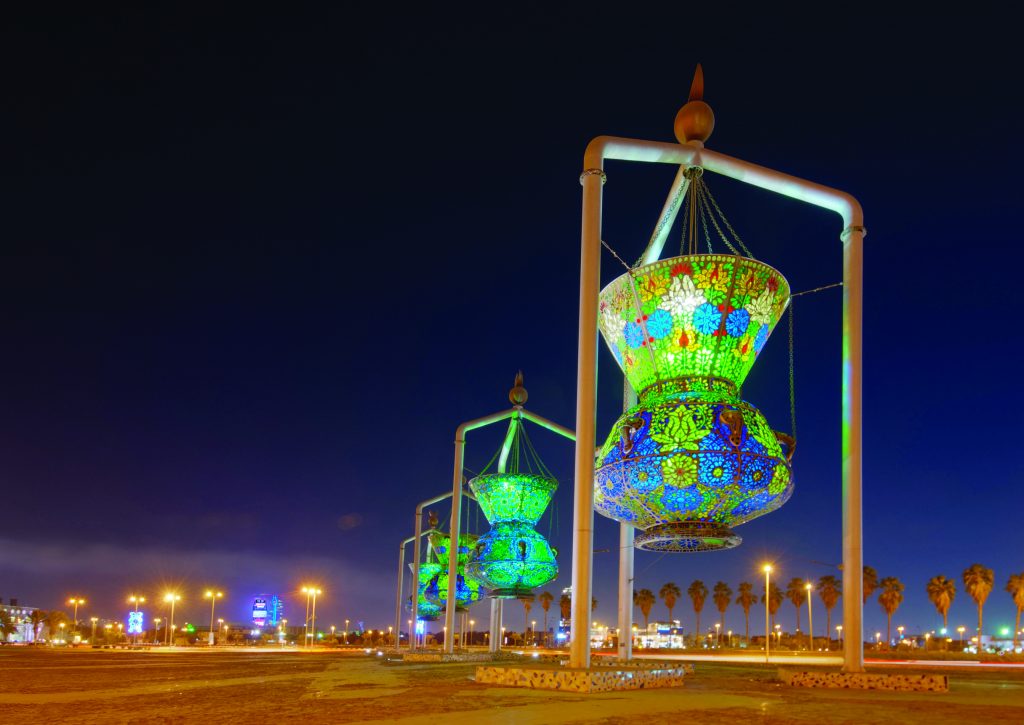
Arts scene
The art scene in Jeddah is booming, and the Athr Gallery is one of the best places to start. It’s one of the city’s leading contemporary art spaces and often hosts exhibitions promoting up-and-coming local artists. Photographs, montages, ink drawings, scripture and abstract work are regularly displayed, acting as the perfect platform for artists and a fantastic way to get acquainted with their work.
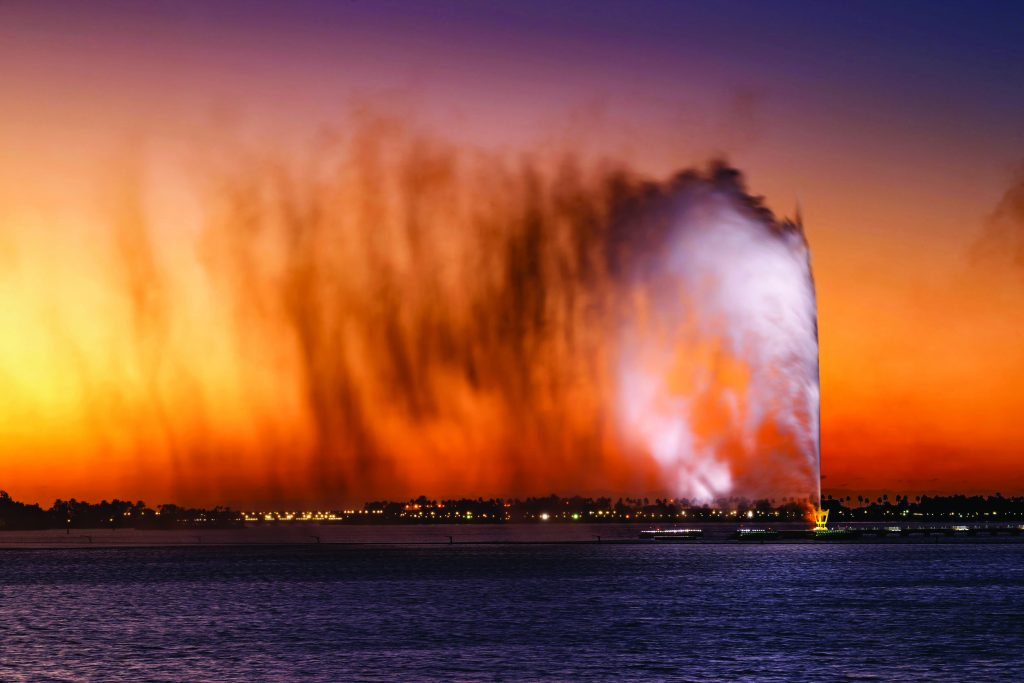
The King’s fountain
King Fahd’s Fountain – also known as Jeddah Fountain – is an iconic monument that can be seen from most places in the city. That’s because it towers up 312 metres at speeds of 375 kilometres per hour. It’s been there for three decades, in honour of King Fahd, who ruled from 1982 until 2005 and was one of 45 sons of Saudi founder Ibn Saud. At night, the fountain looks beautiful as it’s illuminated with hundreds of lights.
The floating mosque
Fatima Al Zahra Mosque attracts millions of visitors every year. Erected on pillars deeply rooted underwater, it gives the impression that this gorgeous bone-white mosque is floating on the sea. It’s open to the public and used daily for prayers. Tourists flock here to marvel at the architectural structure and to take photos of its beauty.
Seventh-century old town
Al-Balad translates to ‘the town’ and is one of the oldest neighbourhoods in Jeddah. It was founded in the seventh century and acted as the main sea port of the region. To this day, remarkably, most of the houses and streets are unchanged, which makes a visit feel like you’re stepping back in time. Located near the entrance to Souq al-Alawi, the traditional coral and wood houses are a must-see.

Desert safari
For real fun that will get the adrenaline going, look no further than dune bashing. Desert safari operators will arrange trips out into the desert around Jeddah, offering 4×4 adventures for thrill seekers and camel tours for the more reserved. An overnight stay makes for an unforgettable experience, underneath a blanket of stars.
Quick facts
- Jeddah’s population is roughly four million.
- The currency is the Saudi riyal.
- The best time to visit is during the winter months – late October to early March. It can get extremely hot during the summer and reach temperatures of 45° C.
- Dress should be conservative. Men should wear long pants and sleeved shirts, while women should wear loose trousers or skirts, long-sleeved shirts and a traditional abaya on top. It isn’t always necessary for a foreign woman to cover her hair, but it can make the travel more comfortable.
- The best transportation is car. You can hire a car (they drive on the right side of the road) since most major international car hire agencies operate in Saudi Arabia. You do need to be at least 25 though. The road network is constantly being upgraded and expanded, so routes are of the highest standard. Metered taxi services are also available, as are buses for a more affordable option.
